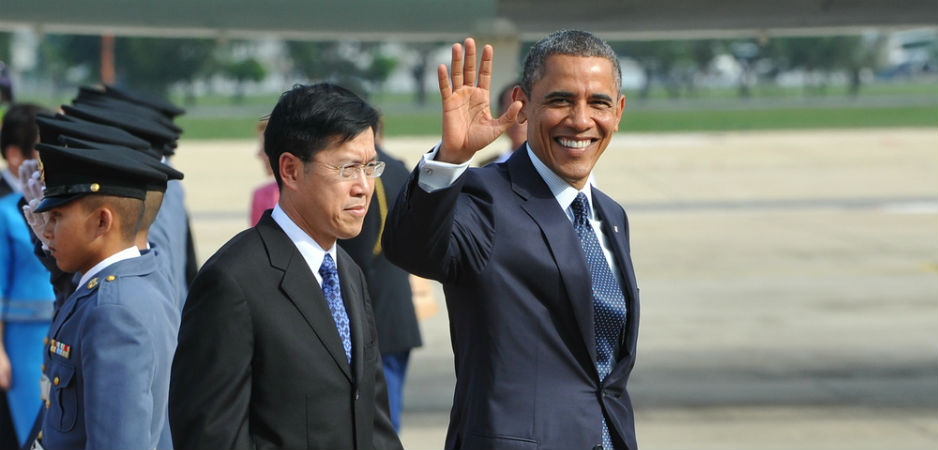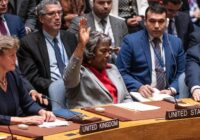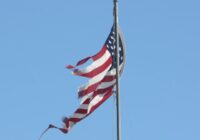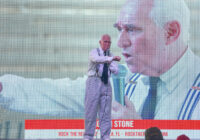By going on his trip to Asia even after the Paris attacks, President Obama focuses on long-term US strategy.
When US President Barack Obama went on his trip to Asia in November after the Paris attacks, he earned severe criticism by a large number of commentators scathing him for not having a coherent strategy against terrorism and for the Middle East. What these analysts did not consider, however, is the reason Obama followed through with his long planned visit to Malaysia and the Philippines.
As Jeremy Shapiro, a foreign policy specialist of the Brookings Institution, stated, by sticking to his plans to go visit Asia, Obama avoided “an old saw in Washington … that the urgent usually crowds out the important,” while showing his support for America’s French ally by visiting Paris on the return trip. In his column, Trevor Timm of The Guardian went further in saying that Obama was among the few to keep his cool, since he was “actually the only one responding to Isis [Islamic State] threats the way he should: by not elevating the terror group to the status its members crave.”
In politics, it is a common phenomenon to give in to the urgent in order to calm fervent calls for immediate reactions, while postponing the important and putting long-term strategic plans on hold. In democracies, the reason for this lies in the paradox that due to legislative periods, short-term success is usually valued higher by the electorate than actions and decisions that are only felt in the long-run. Thus, by sticking to his planned pivot to Asia throughout his entire presidency, Obama marks a rare effort.
The US president’s trip to Malaysia and the Philippines to attend the ASEAN, East Asia and APEC summits was not just a distraction or a sign for an incoherent strategy, but rather the contrary. Even though his second term in office is not yet complete, Obama has already made more trips to Asian countries than his two predecessors, George W. Bush and Bill Clinton.
From the start, two issues have been at the heart of the US government’s agenda: First, to improve regional cooperation in the Asia Pacific, and second, to intensify trade relations with Asian countries. The latter is exemplified in the efforts the Obama administration pours into getting the Trans-Pacific Partnership (TPP) through Congress. The former is primarily directed at strengthening the regional coherence of Southeast Asian nations, in order to counter Chinese territorial claims in the Asia Pacific.
Both issues are of heightened importance to the US in the long-term. Nations in the Asia Pacific are promising and booming markets, while old powers such as the European Union struggle economically. Added to this, the way China and the US confront each other in the South China Sea territorial conflict could decide the direction of bilateral relations of the two major powers and thus the global political climate.
Although there are already attempts to frame its grand strategy, it is too early to fully evaluate the Obama administration’s legacy. It is, however, already possible to predict that the US pivot to Asia will be one of its cornerstones. While many commentators have criticized Obama for his lack of leadership and the vanity of his personal project of becoming the first African American president of the US, it is clear that the current efforts are laying the foundation of future US-Asia relations.
With his defiance to let the urgent win over the important by following through with his long planned Asia trip, Obama has summed up his “entire presidency in an instant” according to Fox News, a TV channel that is usually critical of his administration.
In the end, Obama might not be able to deliver on all the promises he made during his first presidential campaign, but by not allowing deterrence from his administration’s long-term strategy of pivoting to Asia, Obama is showing a form of pragmatic leadership that many seem to lack.
The views expressed in this article are the author’s own and do not necessarily reflect Fair Observer’s editorial policy.
Photo Credit: 1000 Words / Shutterstock.com
 We bring you perspectives from around the world. Help us to inform and educate. Your donation is tax-deductible. Join over 400 people to become a donor or you could choose to be a sponsor.
We bring you perspectives from around the world. Help us to inform and educate. Your donation is tax-deductible. Join over 400 people to become a donor or you could choose to be a sponsor.
Support Fair Observer
We rely on your support for our independence, diversity and quality.
For more than 10 years, Fair Observer has been free, fair and independent. No billionaire owns us, no advertisers control us. We are a reader-supported nonprofit. Unlike many other publications, we keep our content free for readers regardless of where they live or whether they can afford to pay. We have no paywalls and no ads.
In the post-truth era of fake news, echo chambers and filter bubbles, we publish a plurality of perspectives from around the world. Anyone can publish with us, but everyone goes through a rigorous editorial process. So, you get fact-checked, well-reasoned content instead of noise.
We publish 2,500+ voices from 90+ countries. We also conduct education and training programs
on subjects ranging from digital media and journalism to writing and critical thinking. This
doesn’t come cheap. Servers, editors, trainers and web developers cost
money.
Please consider supporting us on a regular basis as a recurring donor or a
sustaining member.
Will you support FO’s journalism?
We rely on your support for our independence, diversity and quality.






